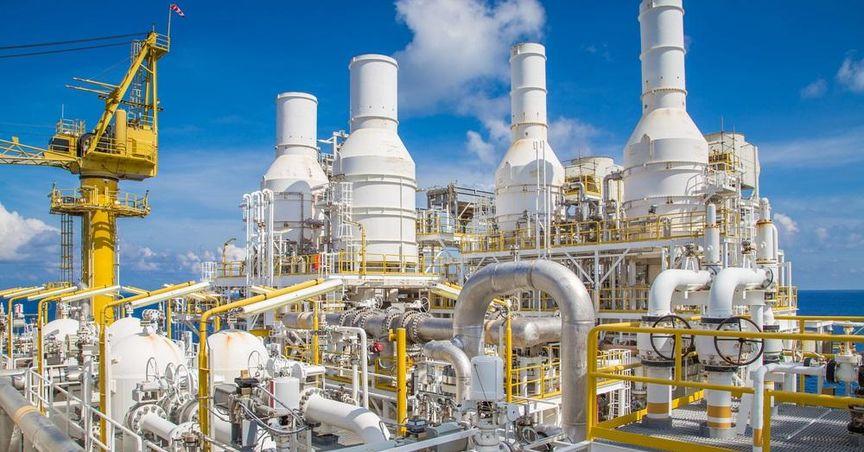Highlights:
- New Hope's ROCE is notably higher than industry average.
- The company has increased efficiencies without additional capital.
- Current liabilities growth plays a part in the ROCE increase.
Finding a multi-bagger stock involves spotting certain underlying trends in a business. One of the primary metrics to observe is the Return on Capital Employed (ROCE) alongside a growing base of capital employed. This combination indicates that a company is effectively reinvesting its profits into profitable ventures, a hallmark of a compounding business.
Notably, New Hope Corporation Limited (ASX:NHC) has showcased remarkable changes in its ROCE, making it worth examining further.
Understanding Return On Capital Employed (ROCE)
ROCE measures how much pre-tax income a company generates on its invested capital. The formula applied to New Hope is:
Return on Capital Employed = Earnings Before Interest and Tax (EBIT) ÷ (Total Assets - Current Liabilities)
For New Hope, this results in a ROCE of 25%, significantly higher than the industry average of 9.5%.
What The Trend Of ROCE Can Tell Us
New Hope's growth in ROCE is impressive. Over the past five years, while the capital employed remained relatively stable, the ROCE rose by 63%. This suggests increased operational efficiency, although it might also indicate limited areas for internal investment.
The increase in current liabilities, now 18% of total assets, has also played a role in boosting ROCE. This shift indicates greater reliance on suppliers or short-term creditors for funding, a trend worth monitoring as it could introduce risks if liabilities grow further.
Our Take On New Hope's ROCE
In summary, New Hope is achieving higher returns without deploying more capital, a noteworthy feat. The stock's exceptional performance over the past five years reflects investor recognition of these trends. Evaluating whether these patterns will persist could be beneficial.



